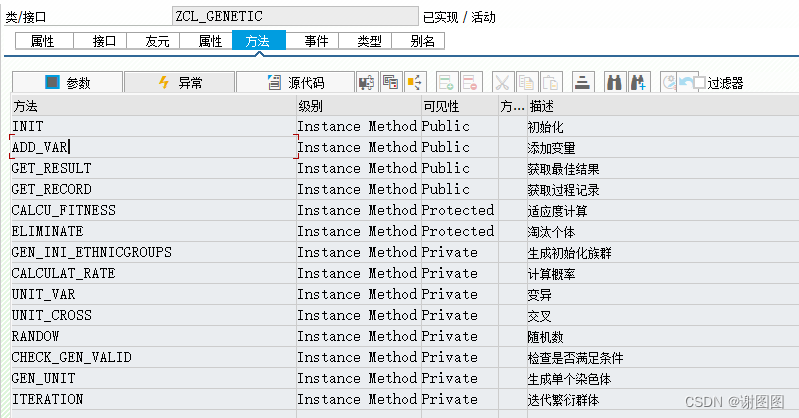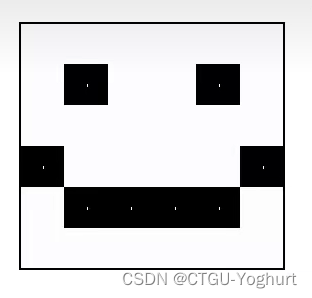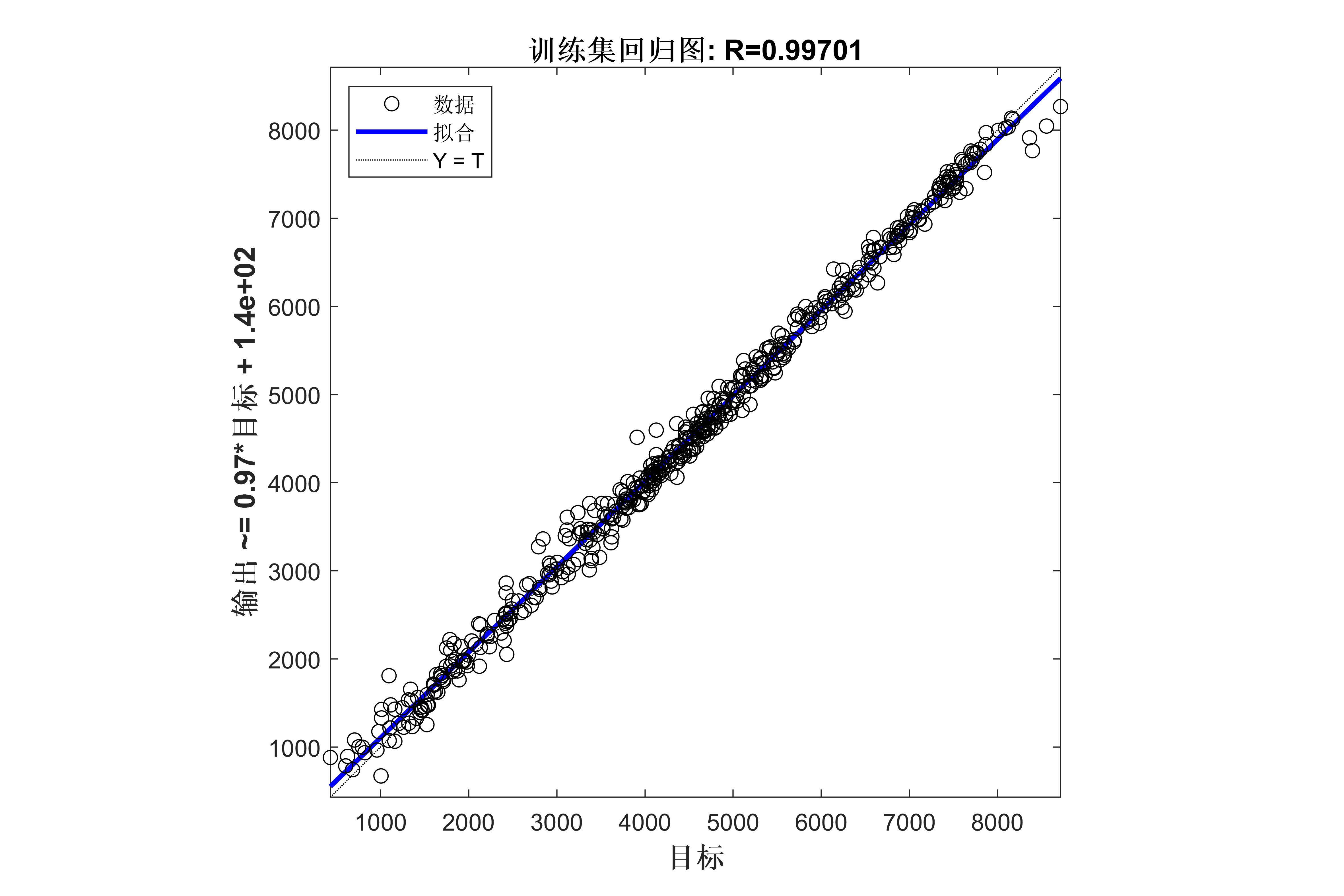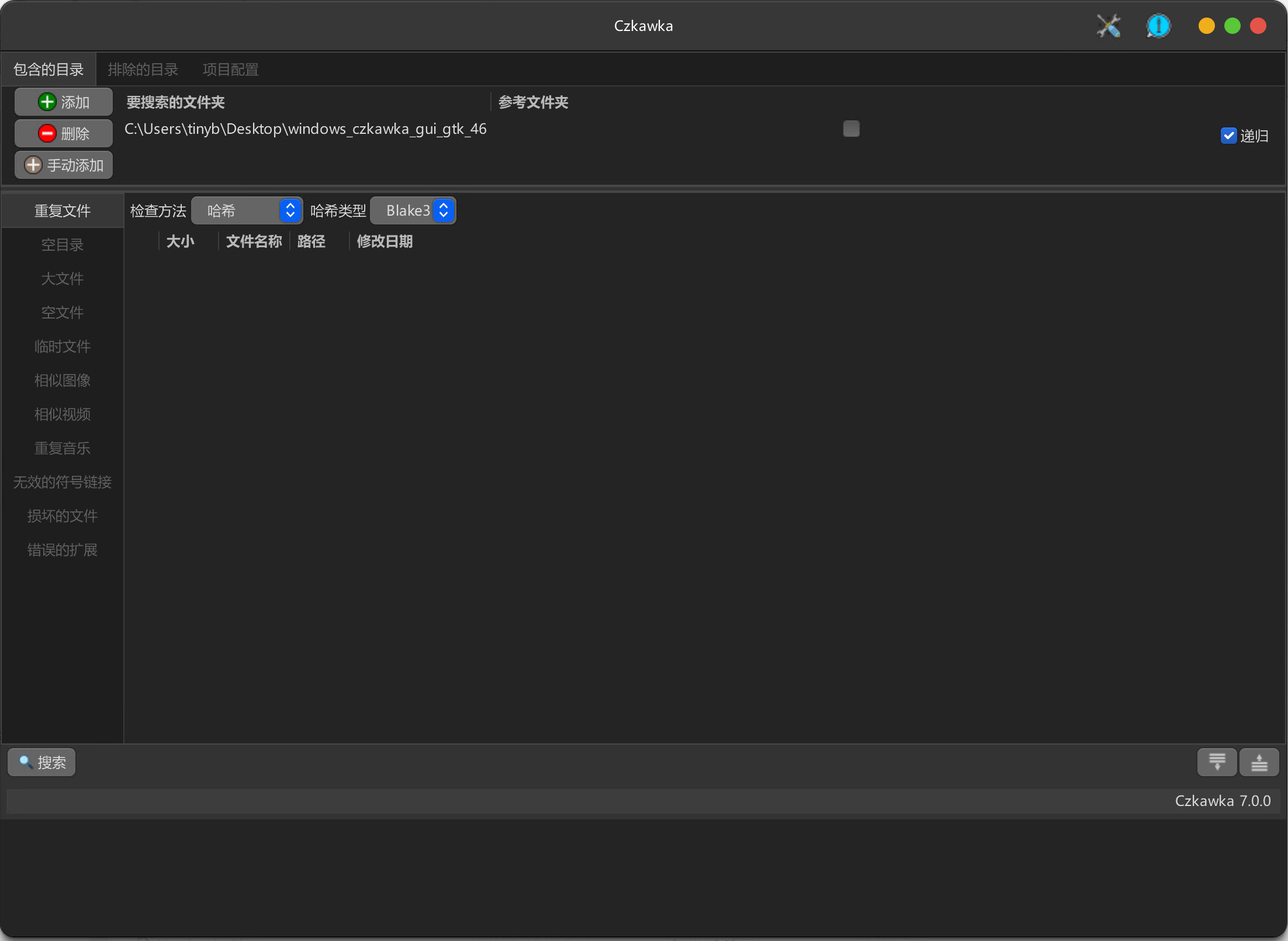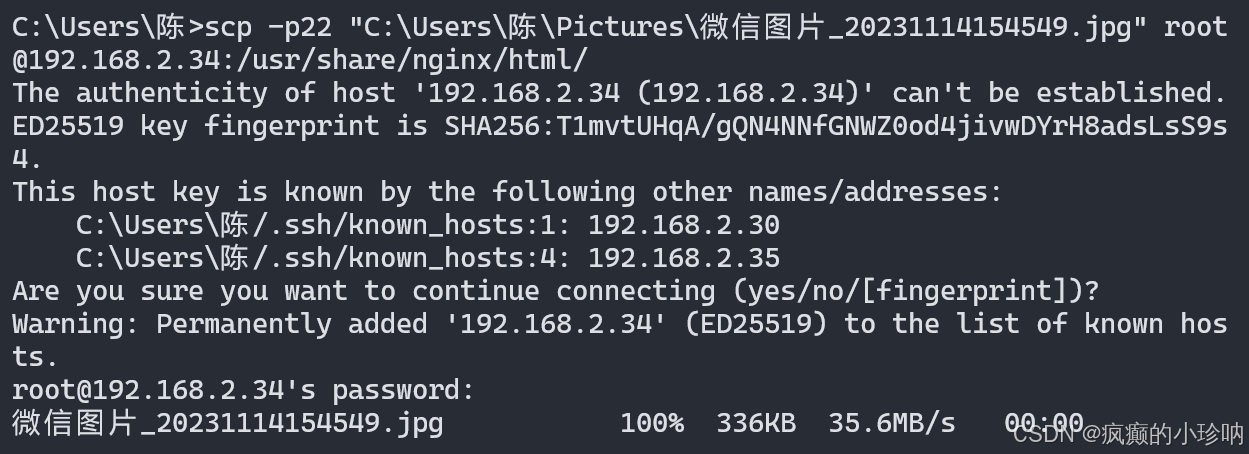遗传算法-1请查看上一篇博客
完整案例演示
函数定义代码
import numpy
def cal_pop_fitness(equation_inputs, pop):
# Calculating the fitness value of each solution in the current population.
# The fitness function calulates the sum of products between each input and its corresponding weight.
fitness = numpy.sum(pop*equation_inputs, axis=1)
return fitness
def select_mating_pool(pop, fitness, num_parents):
# Selecting the best individuals in the current generation as parents for producing the offspring of the next generation.
parents = numpy.empty((num_parents, pop.shape[1]))
for parent_num in range(num_parents):
max_fitness_idx = numpy.where(fitness == numpy.max(fitness))
max_fitness_idx = max_fitness_idx[0][0]
parents[parent_num, :] = pop[max_fitness_idx, :]
fitness[max_fitness_idx] = -99999999999
return parents
def crossover(parents, offspring_size):
offspring = numpy.empty(offspring_size)
# The point at which crossover takes place between two parents. Usually, it is at the center.
crossover_point = numpy.uint8(offspring_size[1]/2)
for k in range(offspring_size[0]):
# Index of the first parent to mate.
parent1_idx = k%parents.shape[0]
# Index of the second parent to mate.
parent2_idx = (k+1)%parents.shape[0]
# The new offspring will have its first half of its genes taken from the first parent.
offspring[k, 0:crossover_point] = parents[parent1_idx, 0:crossover_point]
# The new offspring will have its second half of its genes taken from the second parent.
offspring[k, crossover_point:] = parents[parent2_idx, crossover_point:]
return offspring
def mutation(offspring_crossover, num_mutations=1):
mutations_counter = numpy.uint8(offspring_crossover.shape[1] / num_mutations)
# Mutation changes a number of genes as defined by the num_mutations argument. The changes are random.
for idx in range(offspring_crossover.shape[0]):
gene_idx = mutations_counter - 1
for mutation_num in range(num_mutations):
# The random value to be added to the gene.
random_value = numpy.random.uniform(-1.0, 1.0, 1)
offspring_crossover[idx, gene_idx] = offspring_crossover[idx, gene_idx] + random_value
gene_idx = gene_idx + mutations_counter
return offspring_crossover
使用遗传算法(Genetic Algorithm, GA)来优化一个线性方程 y=w1x1+w2x2+w3x3+w4x4+w5x5+w6x6 的权重 w1 到 w6,其中 x1 到 x6 是给定的固定值。
import numpy
import ga
"""
The y=target is to maximize this equation ASAP:
y = w1x1+w2x2+w3x3+w4x4+w5x5+6wx6
where (x1,x2,x3,x4,x5,x6)=(4,-2,3.5,5,-11,-4.7)
What are the best values for the 6 weights w1 to w6?
We are going to use the genetic algorithm for the best possible values after a number of generations.
"""
# Inputs of the equation.
equation_inputs = [4,-2,3.5,5,-11,-4.7]
# Number of the weights we are looking to optimize.
num_weights = len(equation_inputs)
"""
Genetic algorithm parameters:
Mating pool size
Population size
"""
sol_per_pop = 8
num_parents_mating = 4
# Defining the population size.
pop_size = (sol_per_pop,num_weights) # The population will have sol_per_pop chromosome where each chromosome has num_weights genes.
#Creating the initial population.
new_population = numpy.random.uniform(low=-4.0, high=4.0, size=pop_size)
print(new_population)
"""
new_population[0, :] = [2.4, 0.7, 8, -2, 5, 1.1]
new_population[1, :] = [-0.4, 2.7, 5, -1, 7, 0.1]
new_population[2, :] = [-1, 2, 2, -3, 2, 0.9]
new_population[3, :] = [4, 7, 12, 6.1, 1.4, -4]
new_population[4, :] = [3.1, 4, 0, 2.4, 4.8, 0]
new_population[5, :] = [-2, 3, -7, 6, 3, 3]
"""
best_outputs = []
num_generations = 1000
for generation in range(num_generations):
print("Generation : ", generation)
# Measuring the fitness of each chromosome in the population.
fitness = ga.cal_pop_fitness(equation_inputs, new_population)
print("Fitness")
print(fitness)
best_outputs.append(numpy.max(numpy.sum(new_population*equation_inputs, axis=1)))
# The best result in the current iteration.
print("Best result : ", numpy.max(numpy.sum(new_population*equation_inputs, axis=1)))
# Selecting the best parents in the population for mating.
parents = ga.select_mating_pool(new_population, fitness,
num_parents_mating)
print("Parents")
print(parents)
# Generating next generation using crossover.
offspring_crossover = ga.crossover(parents,
offspring_size=(pop_size[0]-parents.shape[0], num_weights))
print("Crossover")
print(offspring_crossover)
# Adding some variations to the offspring using mutation.
offspring_mutation = ga.mutation(offspring_crossover, num_mutations=2)
print("Mutation")
print(offspring_mutation)
# Creating the new population based on the parents and offspring.
new_population[0:parents.shape[0], :] = parents
new_population[parents.shape[0]:, :] = offspring_mutation
# Getting the best solution after iterating finishing all generations.
#At first, the fitness is calculated for each solution in the final generation.
fitness = ga.cal_pop_fitness(equation_inputs, new_population)
# Then return the index of that solution corresponding to the best fitness.
best_match_idx = numpy.where(fitness == numpy.max(fitness))
print("Best solution : ", new_population[best_match_idx, :])
print("Best solution fitness : ", fitness[best_match_idx])
import matplotlib.pyplot
matplotlib.pyplot.plot(best_outputs)
matplotlib.pyplot.xlabel("Iteration")
matplotlib.pyplot.ylabel("Fitness")
matplotlib.pyplot.show()





